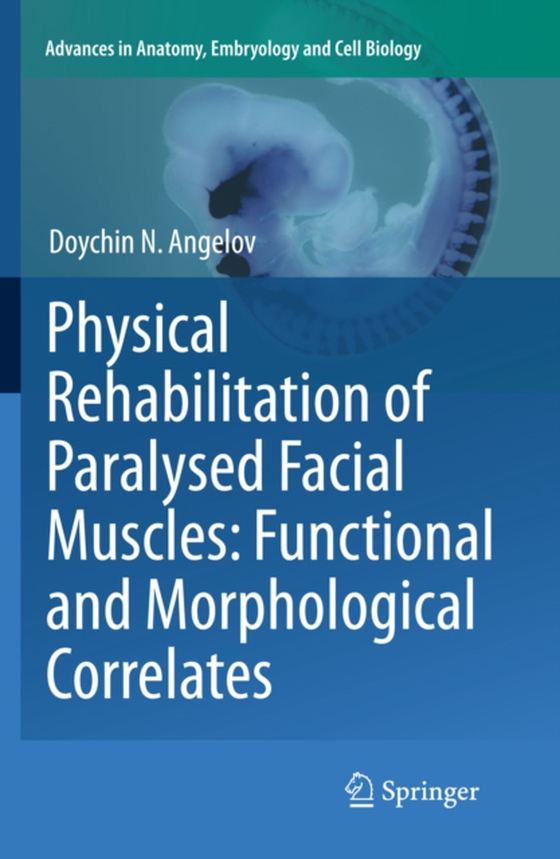
Physical Rehabilitation of Paralysed Facial Muscles: Functional and Morphological Correlates e-bog
1313,81 DKK
(inkl. moms 1642,26 DKK)
Using a combined morpho-functional approach the author recently found that polyinnervation of the neuro-muscular juction (NMJ) is the critical factor for recovery of function after transection and suture of the facial nerve. Since polyinnervation is activity-dependent and can be manipulated, he tried to design a clinically feasible therapy by electrical stimulation or by soft tissue massage. Fi...
E-bog
1313,81 DKK
Forlag
Springer
Udgivet
21 februar 2011
Genrer
Neurosciences
Sprog
English
Format
pdf
Beskyttelse
LCP
ISBN
9783642181207
Using a combined morpho-functional approach the author recently found that polyinnervation of the neuro-muscular juction (NMJ) is the critical factor for recovery of function after transection and suture of the facial nerve. Since polyinnervation is activity-dependent and can be manipulated, he tried to design a clinically feasible therapy by electrical stimulation or by soft tissue massage. First, electrical stimulation was applied to the transected facial nerve or to paralysed facial muscles. Both procedures did not improve vibrissal motor performance (video-based motion analysis of whisking), failed to diminish polyinnervation and even reduced the number of innervated NMJ to one fifth of normal values. In contrast, gentle stroking of the paralysed vibrissal muscles by hand resulted in full recovery of whisking. This manual stimulation depends on intact sensory supply of the denervated muscle targets and is also effective after hypoglossal-facial anastomosis, after interpositional nerve grafting, when applied to the orbicularis oculi muscle and after transection and suture of the hypoglossal nerve. From these results the author concludes that manual stimulation is a non-invasive procedure with immediate potential for clinical rehabilitation following facial nerve reconstruction.
 Dansk
Dansk

